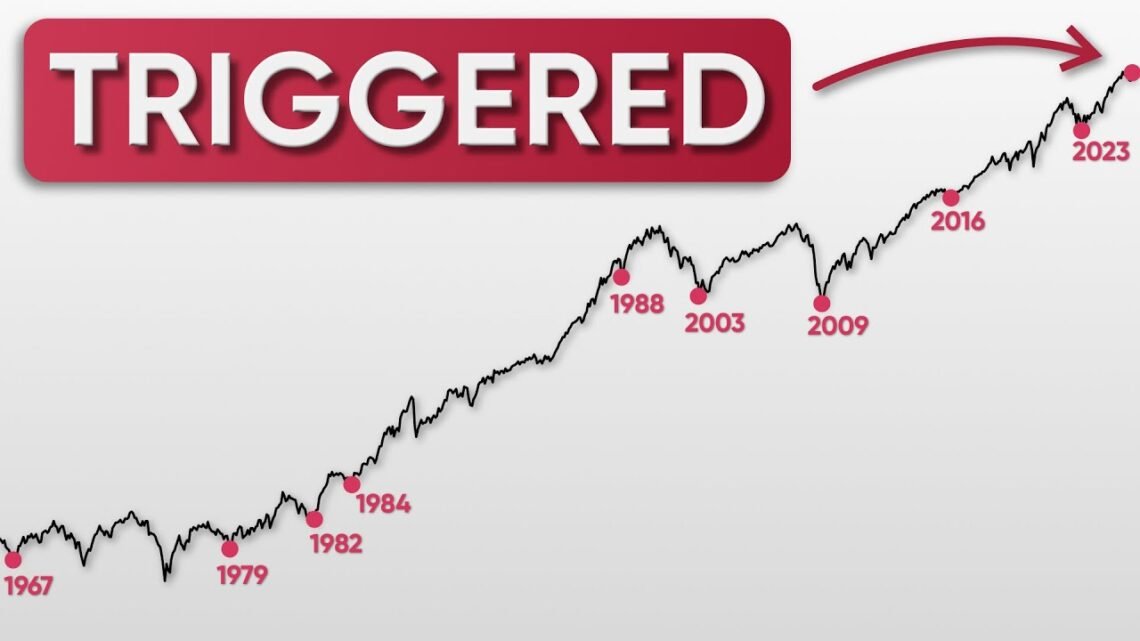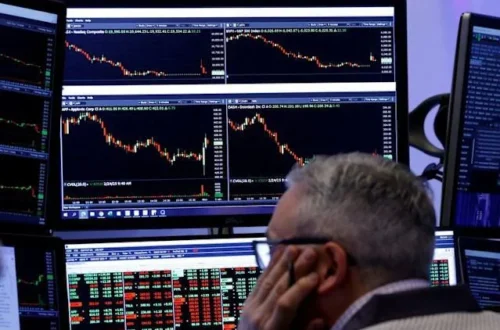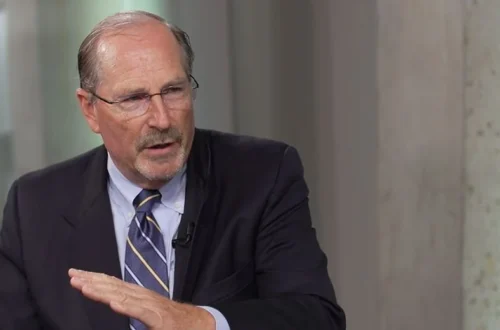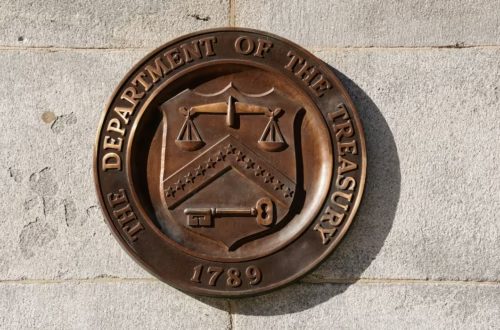In October, Wall Street celebrated the two-year anniversary of the current bull market. Since the beginning of the year, the mature stock-driven Dow Jones Industrial Average (^DJI 0.24%), benchmark S&P 500 (^GSPC 0.02%), and growth stock-powered Nasdaq Composite (^IXIC -0.20%) have surged by 19%, 28%, and 31%, respectively, as of the closing bell on Dec. 4. They’ve also hit multiple all-time closing highs.
There’s no singular catalyst behind this performance. Instead, it’s been a combination of forces lifting Wall Street’s sails:
- The rise of artificial intelligence (AI) — which, according to PwC in Sizing the Prize, could add $15.7 trillion to global GDP by 2030.
- Stock-split euphoria, with more than a dozen industry-leading companies announcing or completing stock splits in 2024.
- Better-than-expected corporate earnings have helped fuel investor optimism.
- President-elect Donald Trump’s November win, which has Wall Street anticipating a lower corporate income tax rate and plenty of stock buybacks from major U.S. firms.
The Shiller P/E Sends a Historic Signal
But while things seem bright, history would like a word. According to the article, “The stock market has achieved this feat just three times in 153 years.”
Among the red flags raised are the first sizable drop in U.S. M2 money supply since the Great Depression and the longest yield-curve inversion in history, both historically linked to U.S. recessions.
But the biggest warning may come from the S&P 500’s Shiller price-to-earnings (P/E) ratio, also known as the cyclically adjusted P/E ratio, or CAPE.
This measure uses average inflation-adjusted earnings from the previous 10 years, making it more stable during shock events. It offers a more accurate historical comparison than the traditional P/E ratio.
“When the closing bell tolled on Dec. 4 (and the S&P 500 closed at a fresh record closing high), the S&P 500’s Shiller P/E clocked in at 38.87. This marks the highest reading during the current bull market rally, and is more than double the 17.17 average for the Shiller P/E, when back-tested to January 1871.”
Only Two Other Times in History Looked Like This
The article highlights this isn’t just a high number — it’s nearly unprecedented.
“This is only the third time in 153 years that the S&P 500’s Shiller P/E has neared or topped 39.”
Here’s what happened in the other two instances:
- January 2022: The Shiller P/E briefly exceeded 40. What followed? A bear market. All three major indexes — the Dow, S&P 500, and Nasdaq — fell more than 20% peak-to-trough.
- December 1999: Prior to the dot-com bubble bursting, the Shiller P/E peaked at 44.19. The fallout? The S&P 500 lost 49%, and the Nasdaq Composite collapsed 78% before bottoming out.
“When back-tested to 1871, there are only six occurrences, including the present, where the S&P 500’s Shiller P/E reached 30 during a bull market rally. All five prior instances were eventually followed by 20% to 89% plunges in one or more of Wall Street’s major stock indexes.”
The takeaway: while the Shiller P/E is not a timing tool — extended valuations can last weeks, months, or even years — it has flawlessly foreshadowed major corrections in over a century of data.
Recessions Hurt — But They’re Brief
As the article notes, this isn’t exactly what investors want to hear. But it urges looking at both sides of history’s coin.
“Since World War II ended in September 1945, there have been 12 U.S. recessions, nine of which were resolved in less than a year. Of the remaining three, none endured longer than 18 months.”
In contrast, economic expansions — and bull markets — tend to last much longer.
Bull Markets Beat Bear Markets in the Long Run
To put it in perspective, the article references data from Bespoke Investment Group, shared on X in June 2023. The firm analyzed every bull and bear market since the Great Depression in 1929 — a total of 27 separate markets.
“Whereas the average bear market has lasted just 286 calendar days (about 9.5 months) over a 94-year period, the typical S&P 500 bull market endured for 3.5 times as long (1,011 calendar days).”
It also notes:
“More than half of all bull markets (14 out of 27, including the current bull market) have stuck around longer than the lengthiest bear market, which was 630 calendar days.”
So, while the Shiller P/E is flashing red, history reminds investors that downturns are usually short-lived, and bull runs dominate over time.
A Reminder: Timing Isn’t Everything
The Shiller P/E may point to overvaluation, but it isn’t a sell signal by itself. Instead, it’s a caution sign — one that’s lit up just three times in over 150 years.
“With time and proper perspective, even the direst of short-term forecasts can prove benign for long-term investors.”
It's official. A new bull market is confirmed.
— Bespoke (@bespokeinvest) June 8, 2023
The S&P 500 is now up 20% from its 10/12/22 closing low. The prior bear market saw the index fall 25.4% over 282 days.
Read more at https://t.co/H4p1RcpfIn. pic.twitter.com/tnRz1wdonp
Before You Invest $1,000 in the S&P 500…
According to the article:
“The Motley Fool Stock Advisor analyst team just identified what they believe are the 10 best stocks for investors to buy now… and the S&P 500 Index wasn’t one of them.”
They point to historic picks like:
- Netflix, recommended on December 17, 2004. A $1,000 investment then? Worth $642,582 today.*
- Nvidia, picked on April 15, 2005. A $1,000 investment? Now $829,879.*
The service claims a 975% total average return, far outpacing the S&P 500’s 172%.
“Don’t miss out on the latest top 10 list, available when you join Stock Advisor.”
Sources quoted heavily from the original article. All data accurate as of Dec. 4.
Also Read: Why Startups Thrive in the USA More Than Anywhere Else







